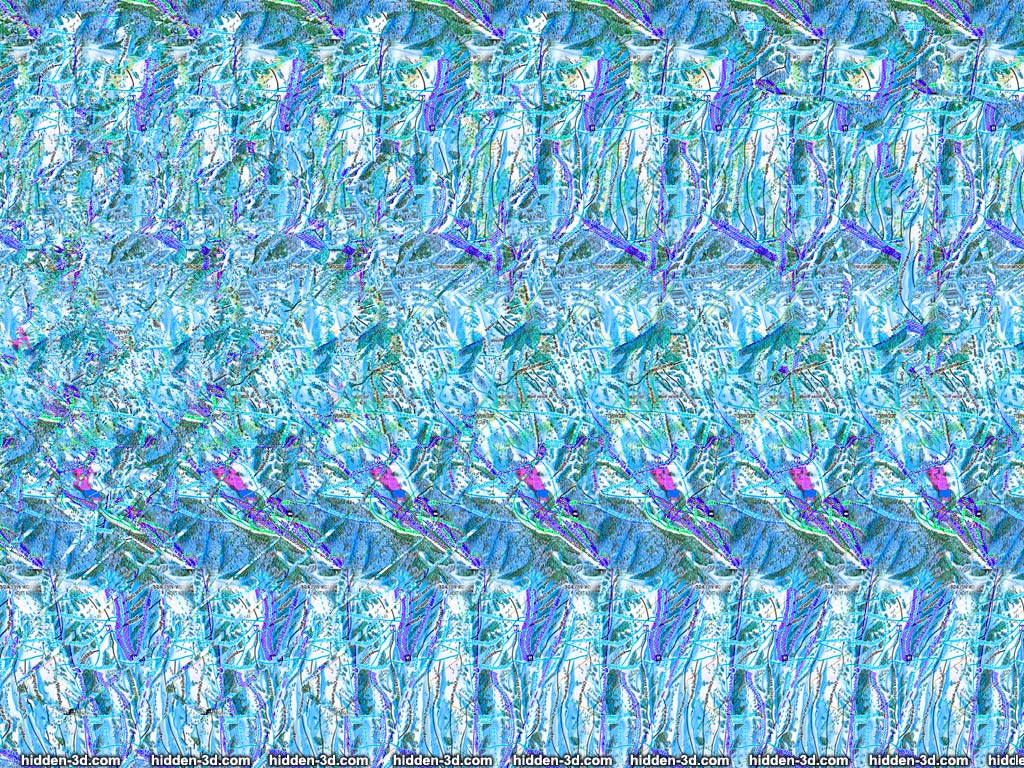

The Horsehead is supposed to be a difficult target to find and it reportedly takes very dark skies, well adapted eyes and quite a large telescope (10 to 12 in. Although, it seems that it wasn't until sometime in the early 1920s that the nebula got its "Horsehead" moniker. Barnard photographed and studied the nebula, using the 40 inch refractor at the Yerkes Observatory in Williams Bay, Wisconsin. Some years back, PBS aired a documentary on the 'Harvard Computers'. She was one of the original team of the 'Harvard Computers'.

The reflection nebula NGC 2023 is visible in the lower left of the image.ĭiscovered (first recorded) in 1888 by Scottish born Williamina Fleming while working for Edward Pickering at the Harvard College Observatory and compiling star catalogs for Pickering. Behind the dark dust of the Horsehead's silhouette are the red curtains and clouds of ionized hydrogen gas (Ha) being energized by stars in the Sigma Orionis cluster. It lies approximately 1,375 to 1,500 light years from Earth.

The Horsehead dark nebula (B33) is located in the constellaton Orion and just below Alnitak - the eastern-most star of Orion's 3 star 'belt'. This is one of my favorite Astro-Anarchy masterpieces that I have been saving to post and because of its fame it almost needs no introduction.


 0 kommentar(er)
0 kommentar(er)
